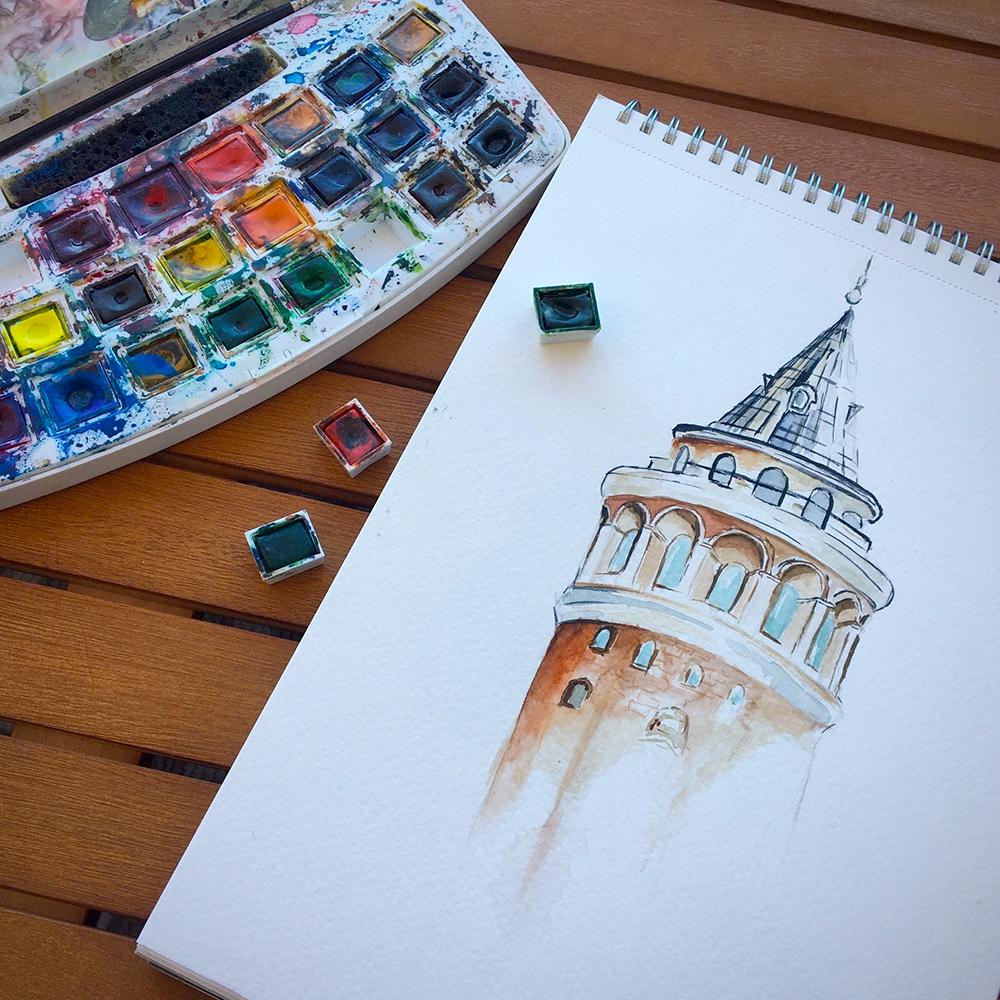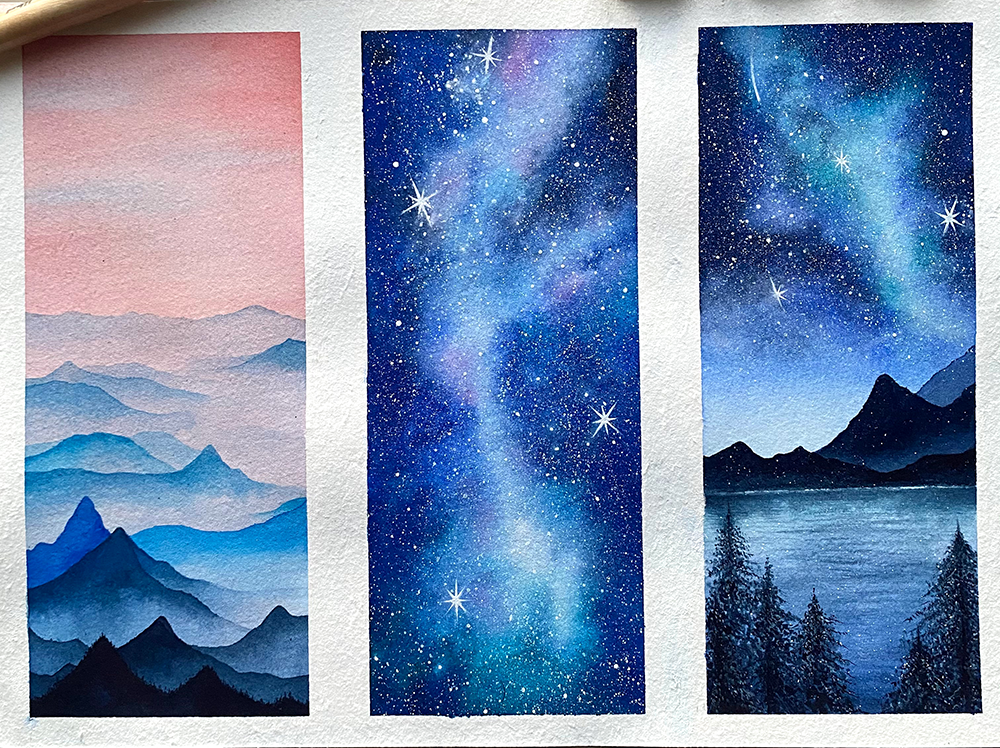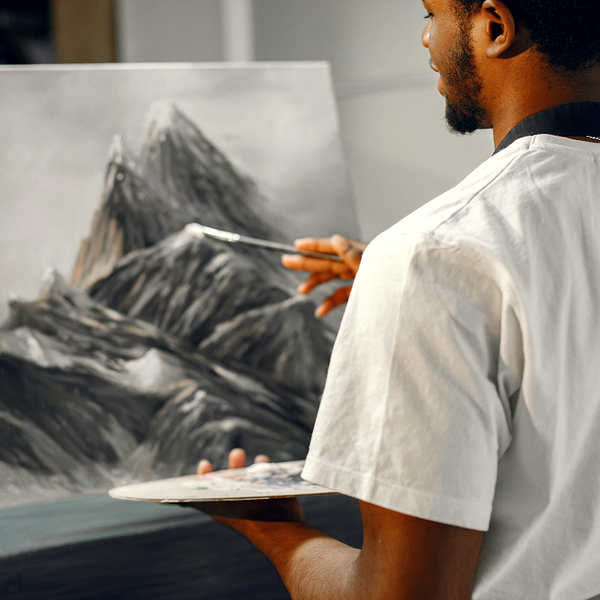Embarking on the watercolor journey is like stepping into a world where colors blend and dance in ways that capture the imagination.
It's an art form celebrated for its ethereal beauty and the unique challenge it presents to artists.
Watercolor painting is a revered art form known for its fluidity and translucence, but it also demands specific materials to achieve the best results.
Among the myriad of questions that swirl around the minds of enthusiasts and budding artists alike, one stands out: "Can I draw watercolor on normal paper?"
This burning curiosity stems from the desire to explore watercolor painting without the intimidation of specialized materials.
In this article, we dive deep into the heart of watercolor artistry, examining the role of paper in the creation process and uncovering whether everyday paper can indeed be the canvas for your watercolor dreams.
Let's dive into the world of watercolor and unveil the mystery!
Key Takeaways:
- Understanding the limitations and possibilities of using normal paper for watercolor.
- Insights into the characteristics of different paper types and their impact on watercolor painting.
- Practical tips for those who wish to experiment with watercolor on non-specialized papers.

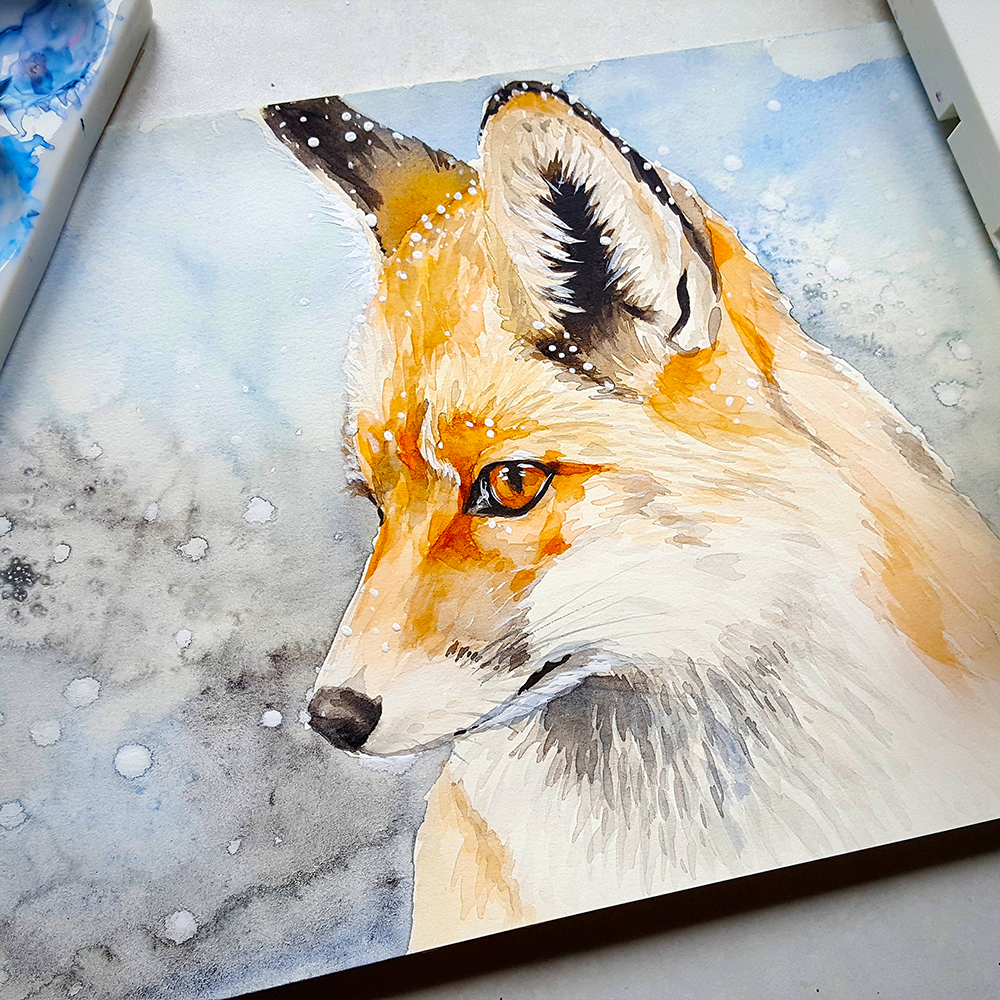

Importance of Choosing the Right Paper
The success of a watercolor painting largely depends on the paper used.
Watercolor papers are specifically designed to handle wet paint, absorb water, and withstand the weight of multiple layers of paint pigment without buckling or warping.
They come in different textures, such as rough paper, cold press, and hot press, each offering a unique surface texture that affects the final appearance of the brush strokes.
Regular paper, such as printer paper or ordinary drawing paper, lacks these specialized features.
It is typically made from wood pulp and has a smoother surface that is not intended for heavy applications of water or watercolor paints.
When watercolour paint is applied to regular paper, the paper fibers can quickly become saturated, leading to issues like paper warping and bleed through.
Watercolor Paper vs. Normal Paper
Watercolour paper is thicker and more durable than normal paper.
It is measured in pounds per ream or grams per square metre, with heavier weight indicating a sturdier paper.
This thickness prevents the paper from buckling when it becomes wet.
In contrast, regular copy paper is much thinner and not designed to absorb water, which can result in the paper tearing or becoming misshapen when exposed to too much water.
The surface of watercolor paper is also treated to handle more paint and water.
A good quality paper will allow artists to mix colors directly on the paper's surface, layer different hues, and experiment with various techniques.
Non watercolor paper, on the other hand, may not allow for such versatility, as the paper fibres can break down when manipulated with water and pigment.
Experimenting with Normal Paper
While watercolour paper is the ideal choice for watercolor painting, artists may still choose to experiment with normal paper for various reasons.
Whether due to accessibility, cost, or the desire to try something new, it's possible to use watercolor on regular paper with some adjustments.
For example, using less water and more dry brush techniques can mitigate some of the challenges posed by the paper's lack of absorbency.
However, it's important to manage expectations when using non-specialized papers.
The results will differ significantly from those achieved on watercolor paper.
The paint may not flow as smoothly, and the colors may appear duller due to the paper's inability to absorb water and pigment effectively.
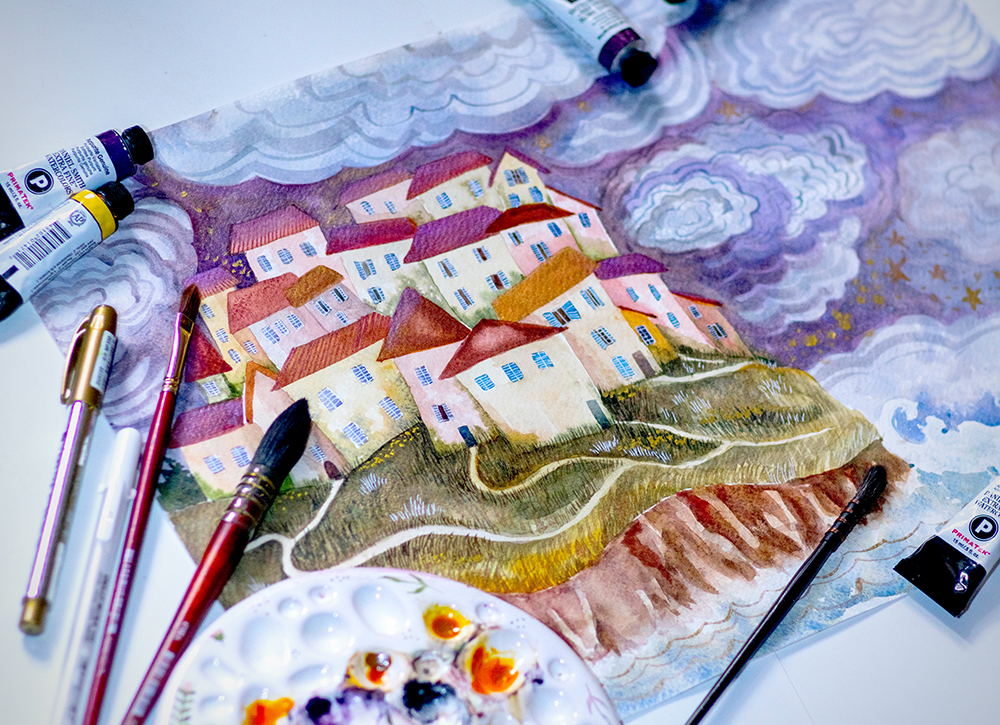
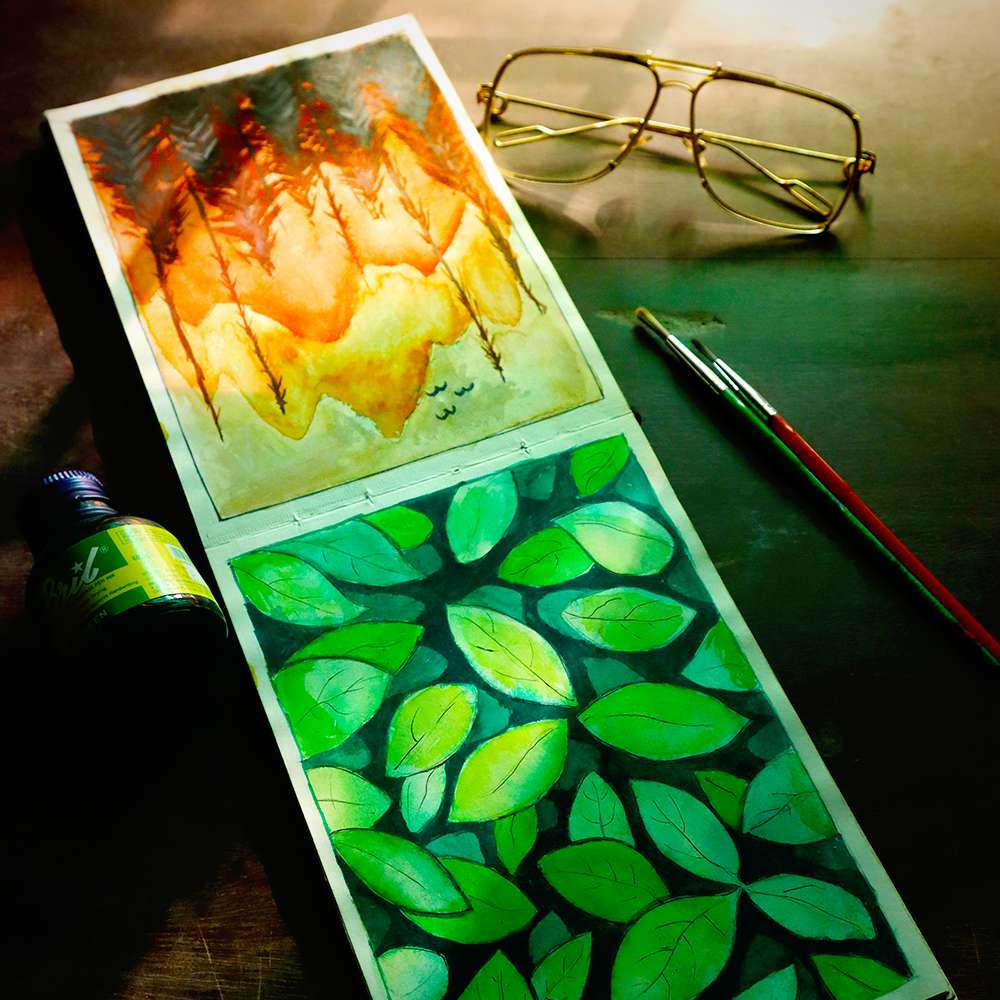
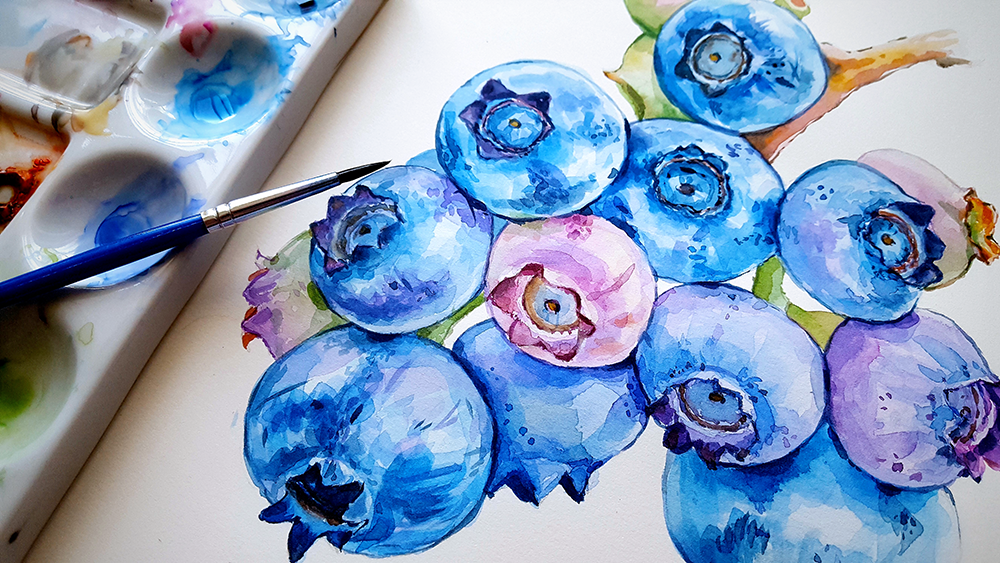
Techniques for Watercolor on Normal Paper
If you decide to use watercolor on ordinary paper, there are techniques to help improve your experience.
Applying a light coat of gesso or using mixed media paper can provide a more paint-friendly surface.
Mixed media paper is closer to watercolor paper in terms of weight and texture, but it is still not as absorbent as watercolor paper.
Another technique is to tape down the edges of the paper with masking tape to a hard surface.
This can help to minimize paper warping as the paper dries.
Additionally, working with smaller sections and allowing them to dry before proceeding can help manage the paper's reaction to water.
Adjusting Techniques for Thicker Paper
When transitioning to using watercolor paint on thicker paper, artists must adjust their techniques to accommodate the different absorption rates and surface textures.
Thicker paper, often used for mixed media, can handle more water without buckling, allowing for bolder washes and more vigorous brushwork.
However, the paint may not flow or absorb as predictably as on traditional watercolor paper, necessitating a more deliberate application and potentially longer drying times.
Artists may find that techniques such as wet-on-wet, where clean water is applied before color, need to be modified on thicker paper.
The paper's surface may not facilitate the same fluid blending, and colors may appear more vivid due to less absorption.
This can be advantageous for certain styles, but it requires practice to master the altered behavior of watercolors on this medium.
Experimentation with different brands and types of thicker paper will help artists understand how their watercolor techniques need to be adapted.
Preventing and Managing Paper Buckling
Paper buckling is a common challenge when applying watercolor paint to normal paper, as the moisture can cause the paper to warp or deform.
To prevent this, artists can use various methods such as stretching the paper by soaking it in clean water and then taping it to a rigid board until it dries.
This process helps the paper to remain flat when watercolor is applied.
Alternatively, using heavier paper designed for wet media can reduce the likelihood of buckling, even if it is not specifically made for watercolors.
Managing buckling after it occurs involves allowing the paper to dry completely and then pressing it under heavy books or using a dry iron on a low setting to flatten the paper's surface.
Some artists embrace the buckling as part of the artistic process, using it to create texture and interest within their watercolor paintings.
Regardless of the approach, understanding the behavior of watercolor on various paper types is crucial for achieving the desired results without compromising the integrity of the artwork.
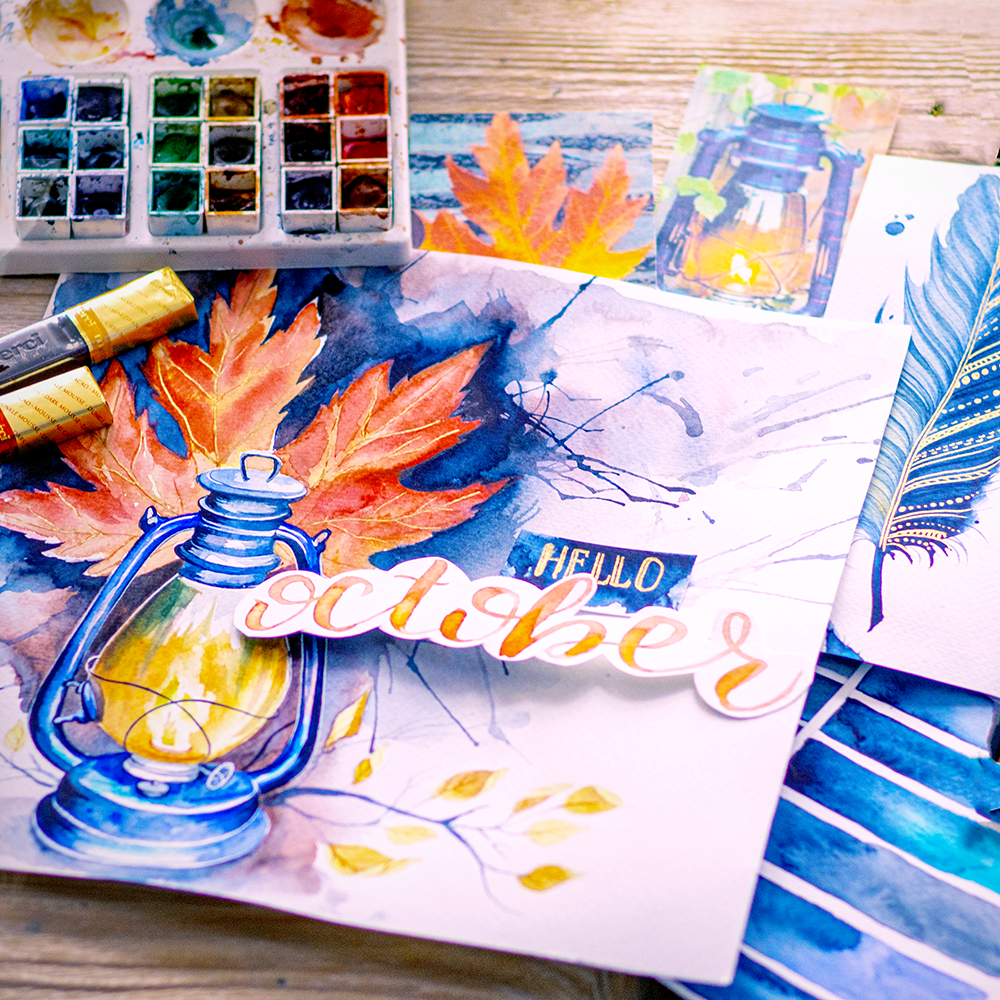

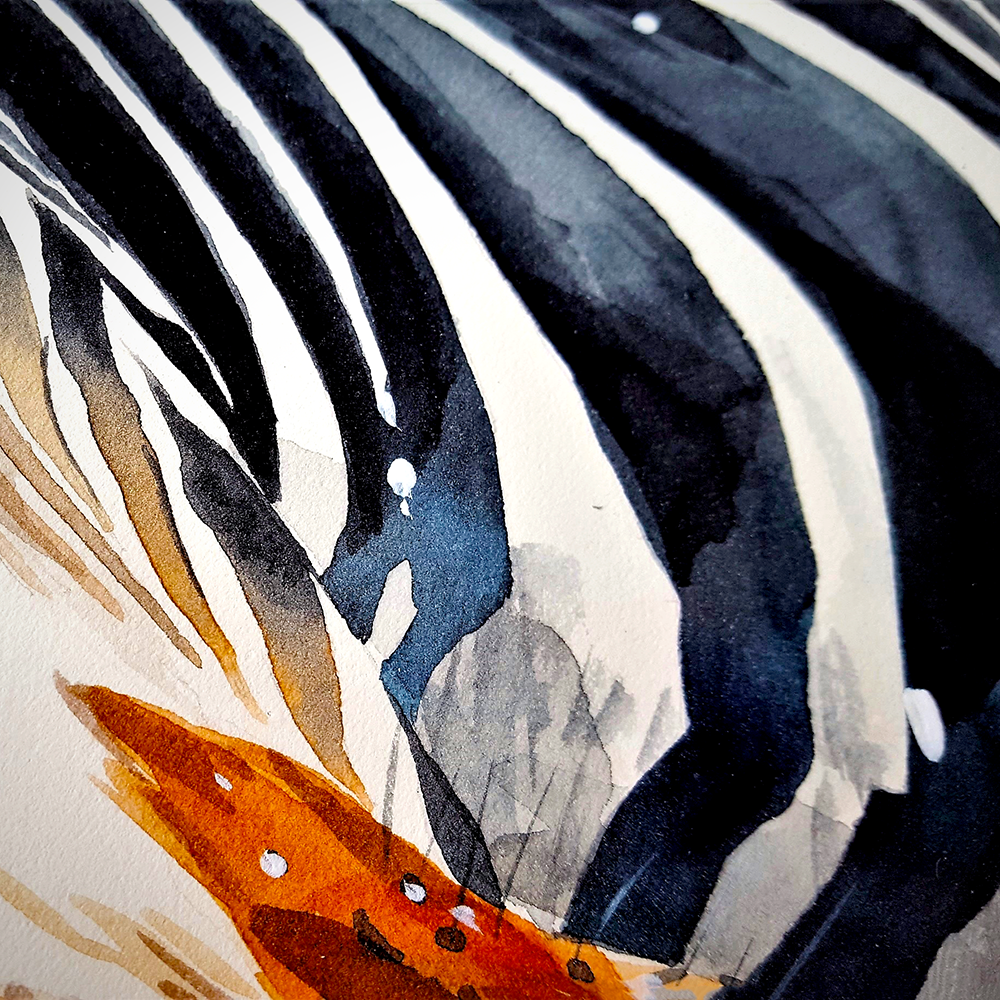
Role of Paper Absorbency
Absorbency is a critical factor in watercolor painting.
Watercolor paper is designed to absorb water and pigment in a way that allows for the creation of gradients, washes, and subtle shifts in color.
The paper's ability to absorb water also means that it can handle more water without the paint bleeding through to the other side.
On regular paper, the lack of absorbency can lead to colors pooling on the surface and edges of the paint bleeding uncontrollably.
This can be somewhat controlled by using paper towel to dab excess water or by working with less water and focusing on techniques that require less saturation.
Impact of Paper Texture
The texture of the paper plays a significant role in the appearance of watercolor paintings.
Watercolor papers offer a variety of textures, from the roughness of cold press to the smoothness of hot press.
These textures influence how the brush strokes appear and how the paint pigment settles on the paper.
When using regular paper, the smooth surface may not provide the same level of interaction with the paint.
The lack of textured surface can result in a flatter, less dynamic painting.
However, for certain styles or effects, the smoothness of ordinary paper might be desirable.
Compatibility with Other Mediums
Watercolor is often used in conjunction with other mediums, such as ink, gouache, or even oil paints.
Watercolor paper is versatile enough to accommodate these mixed media approaches, allowing artists to layer different mediums without damaging the paper surface.
Regular paper may not be as forgiving when it comes to mixing mediums.
The paper fibers can become oversaturated and deteriorate when exposed to the various substances used in mixed media art.
It's essential to consider the limitations of normal paper when planning a piece that will incorporate watercolors and other mediums.
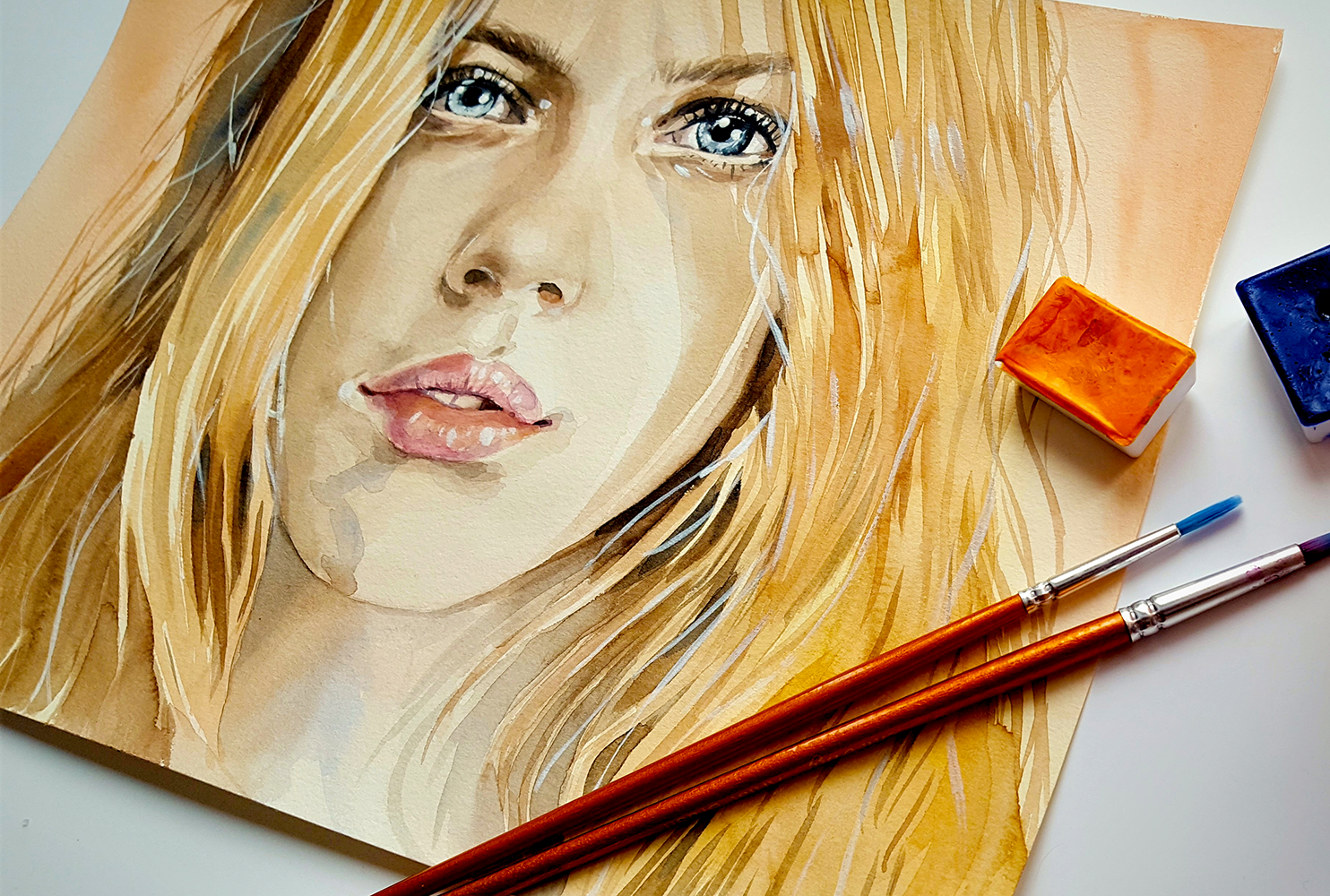

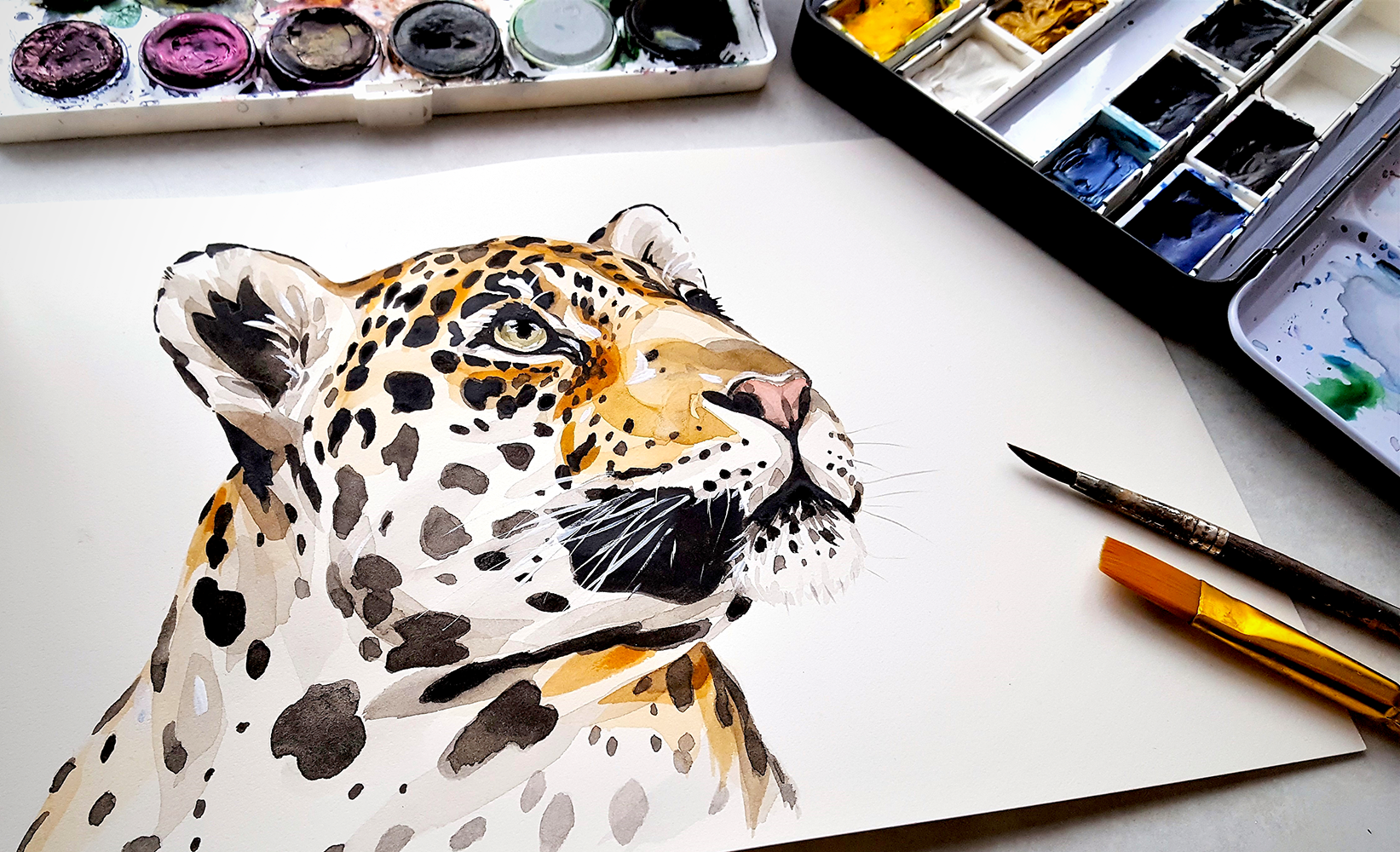
Embrace the True Potential of Watercolor Art
While the allure of using normal paper for watercolor projects is understandable, it's clear that this choice comes with its own set of challenges.
Watercolor paper is specifically designed to handle the demands of watercolor painting, with features that accommodate the absorption and manipulation of water and pigment.
Normal paper, such as printer paper or drawing paper, lacks these properties and can result in issues like paper warping, buckling, and color bleeding.
Watercolor paper stands unparalleled in its ability to enhance and support the unique qualities of watercolor paint, from its superior absorbency to its resilience against warping and bleeding.
For those eager to explore watercolor art without the constraints of specialized paper, remember that creativity knows no bounds.
Techniques like minimizing water usage, applying a protective gesso layer, or opting for mixed media paper can serve as bridges to experimentation.
Yet, for those seeking to fully immerse themselves in the depth and vibrancy of watercolor art, embracing watercolor paper is a step towards unlocking the true potential of your artistic expression.
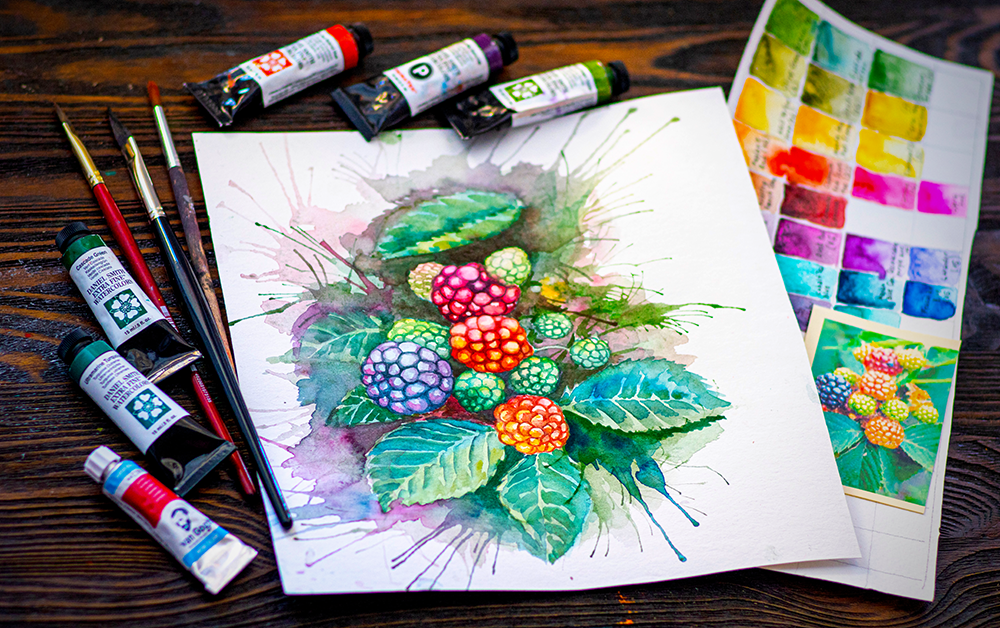
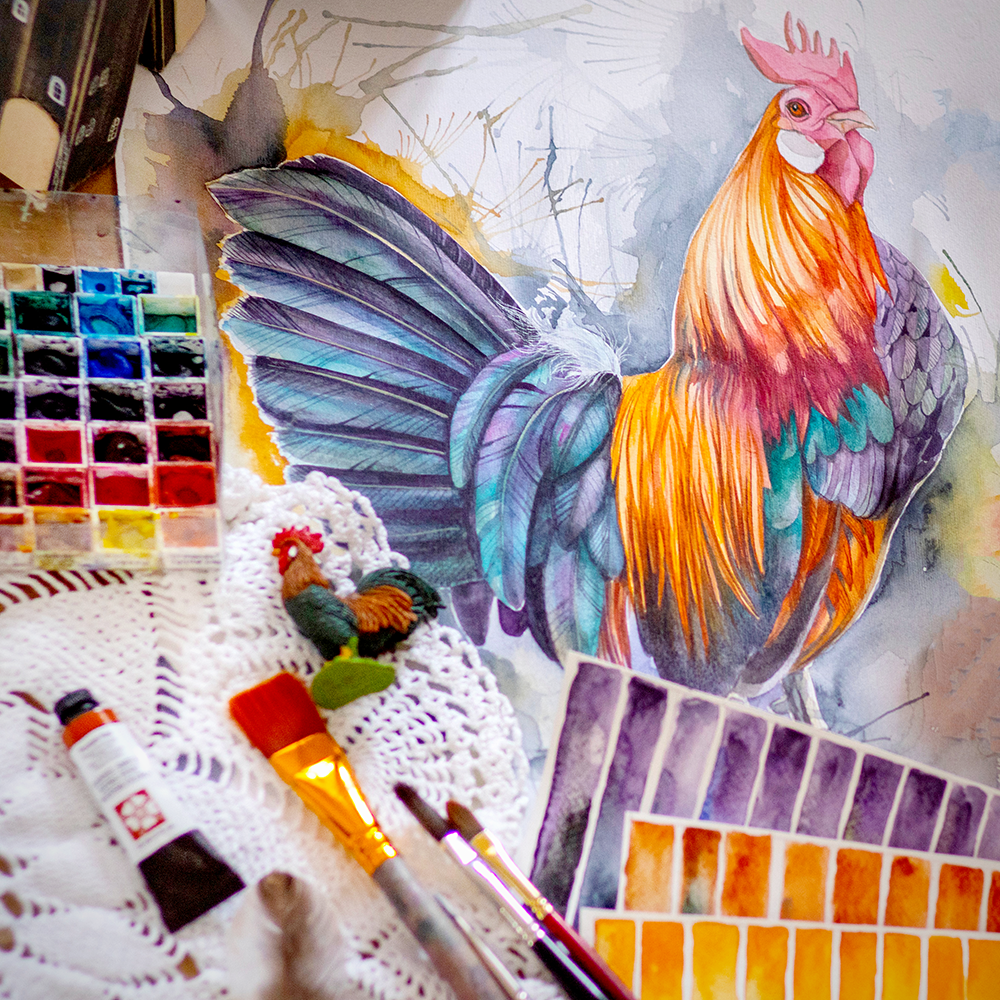

Watercolor FAQs
Diving into the world of watercolor painting opens up a palette of questions, especially when it comes to the essentials like paper choice.
Whether you're a budding artist curious about the basics or a seasoned painter exploring new techniques, understanding the nuances of your materials can significantly impact your artwork.
In these FAQs, we address some of the most common inquiries artists have, from the suitability of regular copy paper for watercolor painting to the influence of paper texture on your masterpiece, and the considerations for mixed media art.
Let's unravel these questions together, ensuring your watercolor journey is as smooth and vibrant as your paintings aspire to be.
Can I use regular copy paper for watercolor painting?
While you can use regular copy paper for watercolor painting, it is not ideal. The paper is likely to warp, buckle, and the colors may bleed through due to its thinness and lack of absorbency.
How does the texture of the paper affect watercolor painting?
The texture of the paper affects how the paint is absorbed and how the brush strokes appear. Textured surfaces like cold press paper can add depth and interest to a painting, while smooth surfaces like hot press paper offer a fine, detailed finish.
Is it necessary to use watercolor paper for mixed media art involving watercolors?
While not strictly necessary, using watercolor paper for mixed media art is highly recommended. It can handle the application of various mediums better than regular paper, which may deteriorate when exposed to too much water or other substances.
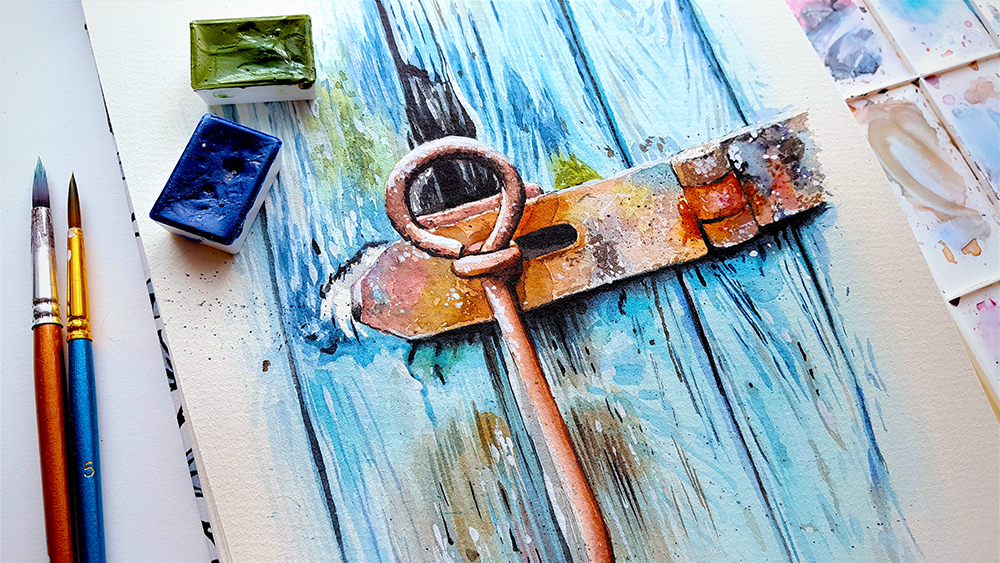
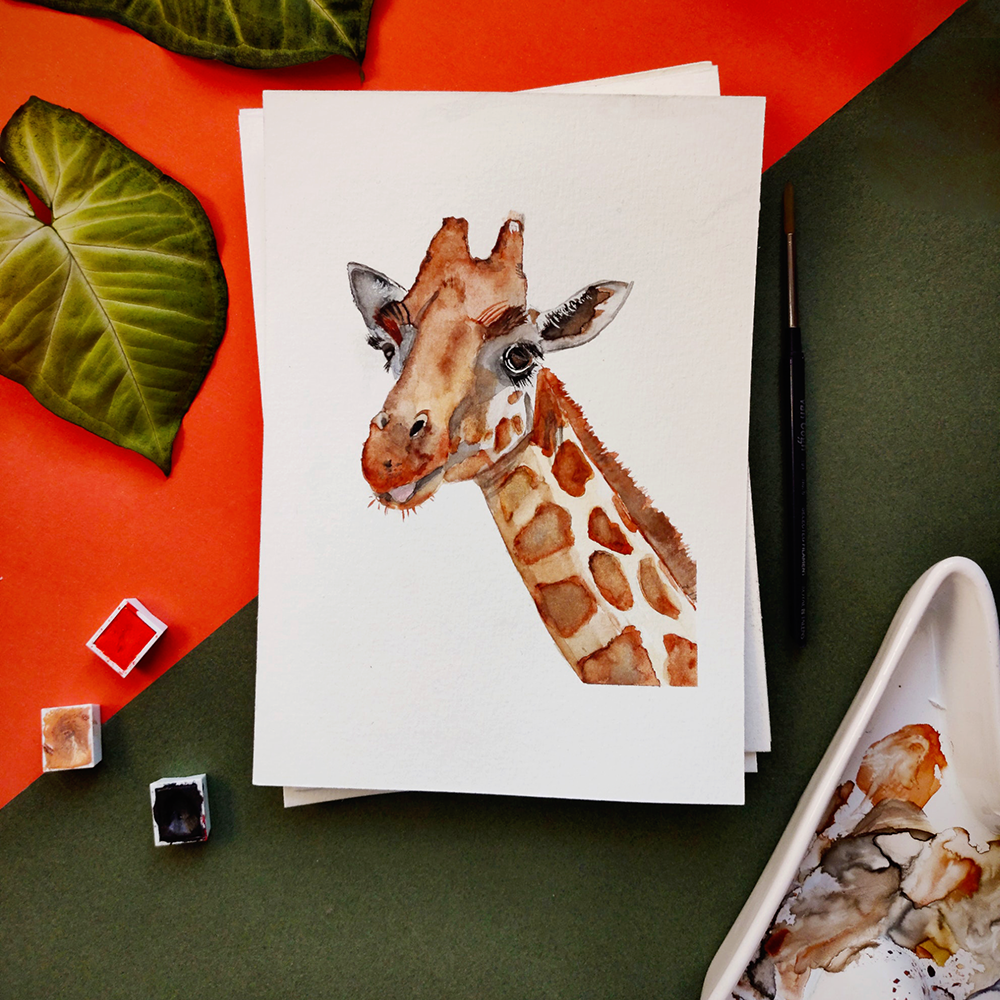
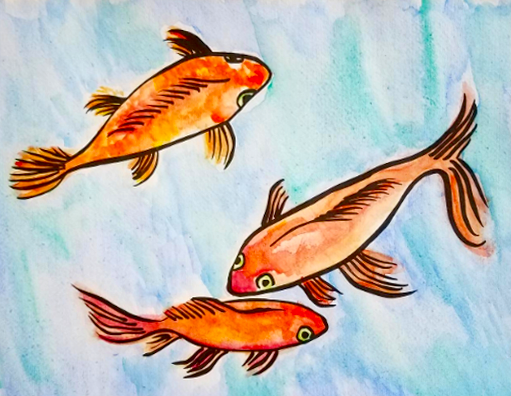
Interested in learning more about watercolor painting on normal paper? Check out Mr. Otter Art Studio's video!
Want even more content about creativity and art?
Be sure to check out all of our creative chronicles!
Love coloring books and watercolor and want to find your next favorite?
Check out some of our other articles:
-Can you paint watercolor on any paper?
-Do you wet the paper before watercolor?
-Can you use Crayola markers as watercolor?
-Can you watercolor in coloring books?
-Are watercolor pencils good for coloring books?

